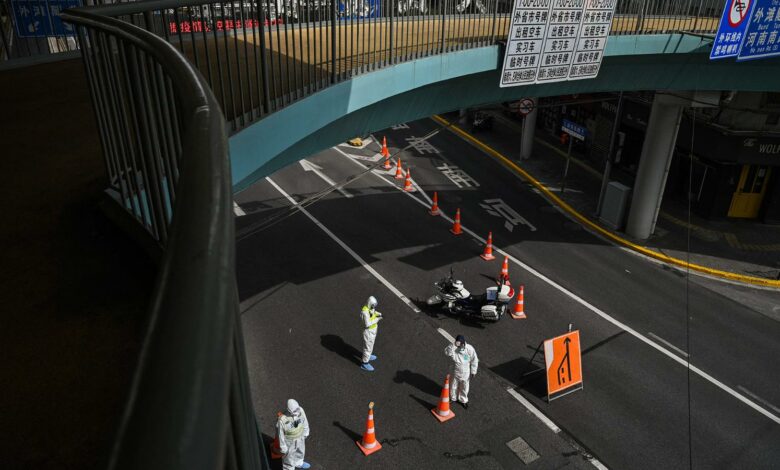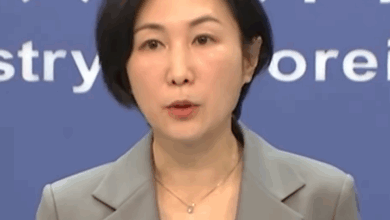
Hong Kong (CNN Business) – China’s economy made a solid start to the year, recording first quarter growth that surpassed expectations. But a recent slump in consumer spending and rising unemployment suggest much tougher months ahead with dozens of cities still under Covid lockdowns.
China’s gross domestic product grew 4.8 percent in the three months to March 31, compared with the same period last year, according to the National Bureau of Statistics on Monday. That was quicker than the 4 percent increase the world’s second-largest economy registered in the previous quarter.
Growth was buoyed by a surprisingly good economic performance in January and February, with several indicators for those two months beating analyst predictions.
But Beijing’s efforts to curb its worst Covid outbreak in two years have dealt a blow to activity since March, including in the country’s financial center and manufacturing hub — Shanghai. Many businesses were forced to suspend operations, including automakers Volkswagen and Tesla and iPhone assembler Pegatron.
Retail sales declined 3.5 percent in March from a year ago, the first drop since July 2020. Industrial production grew by 5 percent in March, compared with 7.5 percent in the first two months of the year.
“The economic development is facing many difficulties and challenges now,” NBS spokesperson Fu Linghui said at a press conference in Beijing on Monday.
The Covid outbreaks in March have disrupted production in some regions and hurt consumption, Fu said. In particular, catering, tourism and transportation services have been hit hard.
As a result of the “Covid shock,” unemployment has increased, he said.
Unemployment in 31 major cities surged to 6 percent in March, a record high. Among those aged 16 to 24, unemployment hit 16 percent, its highest level in eight months.
Growth target looks lofty
The Chinese government has set a growth target for this year of around 5.5 percent, the lowest in three decades. But the Covid outbreak, combined with the war in Ukraine — which has driven up oil and commodity prices — has already made that appear out of reach for many economists.
China’s tech layoffs could become a self-inflicted headache for Xi
“Economic data in April are set to worsen further,” wrote Larry Hu, chief economist for Greater China at Macquarie Group, on Monday. He expects growth for the year to come in around 5 percent.
Some analysts are even talking about the risk of the economy going backwards in the current quarter, as the continuing crisis in Chinese real estate piles on even more pressure.
“Activity data are set to plummet in April, as risks of recession in Q2 rise,” wrote analysts at Japanese investment bank Nomura on Monday.
“Beijing’s GDP growth target of [about] 5.5 percent this year is becoming increasingly challenging, and we now see significant downside risks to our annual GDP growth forecast of 4.3 percent,” they added.
Lockdown leave economy ‘in distress’
Shanghai is the epicenter of the current Covid outbreak, but it’s not alone — Nomura estimates that full or partial lockdowns are in place in 45 Chinese cities, affecting a quarter of the country’s population and about 40 percent of the economy.
In an attempt to ease disruption, China’s government on Friday published a “white list” of 666 companies that will be allowed to resume production. Nearly 40 percent are automakers, or companies involved in supplying the auto industry. It’s unclear when those companies will be able to resume production.
China’s zero-Covid strategy is still the key risk to its economic outlook.
“In reality, the economy is in distress,” analysts from Societe Generale said Monday. “The problem, as we have repeatedly stressed, is the lockdowns — still in place and still spreading.”
Chinese Premier Li Keqiang has repeatedly warned in the past week of the threat the upsurge in Covid cases poses to growth and employment. Last Wednesday, he promised more interest rate cuts to boost the economy. Two days later, the People’s Bank of China announced a cut to the reserve requirement ratio — which dictates the amount of cash that banks must hold in their reserves — a move meant to spur lending.
— CNN’s Beijing bureau contributed to this report.




